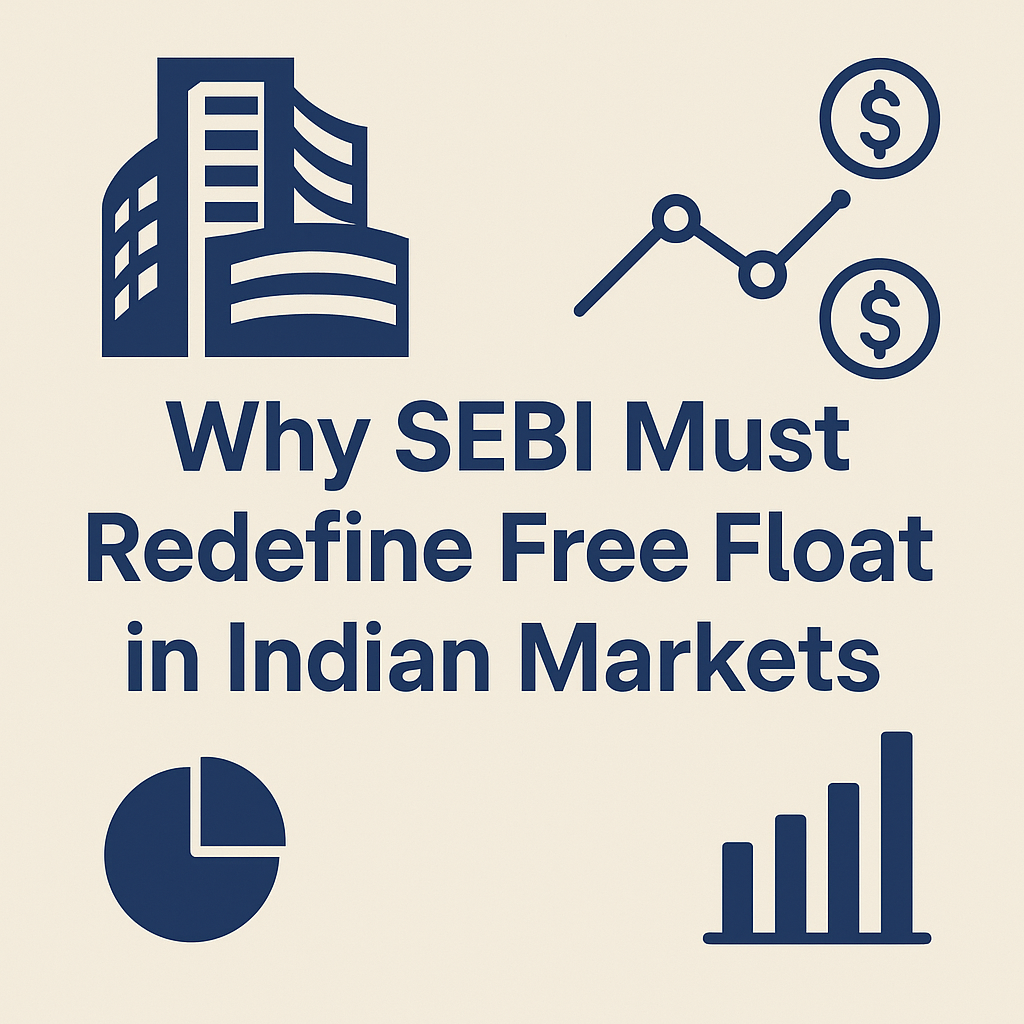Announcement: Lorem ipsum dolor sit amet, consectetur adipiscing elit. Donec et quam blandit odio sodales pharetra.
Why it is high time SEBI rethinks definition of free float in markets
Free float is an important concept from the point of view of regulation and also from the point of view of indexing and passive investing. But what exactly is this free float debate that has come to the centerstage now. What is free float?

Table of Content
Understanding free float
Free float equity of a listed company is that portion of the equity that is now available for trading in the markets. In India, free float is defined as the non-promoter holdings So, free float includes the portion of equity capital that is held by retail and institutional investors. The free float ideas is to distinguish investor holdings from strategic stake in equity. However, the traditional definition has now created some practical challenges.
What about institutional equity?
The debate came in the open when the Adani group lost over Rs.1 trillion from its market cap last year. At that time, it emerged that many institutional shares had never changed hands. While this equity was technically free float, it was as good as equity that was locked and unlikely to be available for trading. The question that SEBI is now debating is whether long term institutional holdings in companies should be treated as free float or not? Institutional equity has to be looked at in a more nuanced way as it would mean further classifying the non-promoter holdings into free float. But first, the emerging digital story!
No identified promoter group
In last few months, a unique problem has arisen in the calculation of free float. Many of the new age companies do not have an identifiable promoter group. A classic example is Paytm owner One97 Communications. Here, the stake of Vijay Sharma and affiliates is not big enough to classify them as promoters. There is a similar problem in companies like Zee, which does not have a genuine promoter group. The challenge is; how to tweak the definition of free float in such cases where the entire definition of promotes is very fluid. India is going to increasingly see emerging technology companies that will be predominantly held by FPIs, mutual funds and private equity investors. That is the challenge!
Deal only with exceptions
Cases like Adani group and Paytm are more the exceptions than the rule. It may be too complicated to change what free float means, when it has larger implications for public holding and for index weights. Also, it is never a great idea to introduce too much discretion in any regulatory definition as it is likely to get caught up in prolonged litigation. The focus at this juncture should be to have a separate rule book for dealing with the exceptions. There are unlikely to be too many such exceptions. What will be interesting is how the free float definition evolves for professionally held companies. That could be interesting!